Same Name Covers All-New Chrysler 200
Filed under: Equinox, Autos
By John Gilbert
If you ran a pro football team and wanted to compete in the National Football League, you’d be well-advised to have a quarterback. Or if you were sending a Major League baseball team onto the field to start the season, you will need a solid starting pitcher.
Chrysler understands the analogies, by living the automotive equivalent — trying to compete in the auto business without a midsize car. Since one out of six new vehicles are selected from that largest segment in the United States, Chrysler can empathize with that football team without a quarterback or baseball team without a pitcher. (It’s just coincidence that it might seem we’re specifically comparing cars to recent seasons by the Minnesota Vikings or Minnesota Twins.)
- The new 200, which will start with a base price of $21,700, has no resemblance whatsoever to the existing 200, representing such a departure that I asked why the same name was retained. They responded with a few market-speak lines about the value of “name recognition,” similar to what Dodge officials said when their all-new vehicle was born under a resuscitated Dart name, after a previous but pretty much unloved compact sedan.
There is no question how impressive the Dart’s styling and technology is, and how special the new 200 will be for Chrysler. The comparison to the Dart, incidentally, is well-founded, because the 200 shares the underpinnings with Dart of the Alfa Romeo Giulietta — a platform Chrysler officials have praised as the best and most versatile the company has ever used, and one which can be adjusted any direction for length and width.
When the style-conscious Fiat folks guided Chrysler into its midsize venture, they didn’t mess around. The 200 is larger than the compact Dart, which takes on the Honda Civic, Mazda3, Toyota Corolla, Chevrolet Cruze, Ford Focus, Volkswagen Jetta, and Nissan Versa. The 200, meanwhile, is taking on the big boys, such as the Honda Accord, Toyota Camry, Mazda6, Ford Fusion, Chevrolet Malibu, Nissan Altima and Volkswagen Passat.
In order to wade into that competition, Chrysler was required to nail everything from design to comfort, to technology, to creature features, and to performance, not necessarily in that order. If the plan was to hit one out of the park, Chrysler picked wisely in its location for the introduction: Louisville, Kentucky, home of the Louisville Slugger baseball bat company, with the actual presentation at Louisville Slugger Stadium, one of the neatest and best-designed minor-league ballparks.
Without question, the 200 is stunning to look at. As you approach it, you may not have any idea what it is, except that it is obviously wearing a fresh, contemporary version of the “four-door coupe” style, with a sleek, swept-back roofline. Read more
K900 Gives Kia a Luxury ‘Multi-Vitamin’
Filed under: Equinox, Autos
By John Gilbert
To the uninformed, K900 might sound like the latest super-vitamin, capable of doing mighty things for your well-being and overall health. In a way, it is that for Kia, because the K900 is Kia’s all-out luxury sedan, powering Kia to rise to a new dimension in automotives.
Skeptics might say that Kia has become known for building strong and inexpensive economy cars, so what are they thinking building a large sedan to compete in the all-out luxury car segment? “We didn’t build the K900 just to serve the market,” said Orth Hedrick, Kia’s vice president of product planning. “This car is designed to change the perception of Kia.
“We had four points we focused on — design, luxury, performance, and technology. In design, we think we hve a modern, timeless look that has a presence.
“For luxury, we have an elegant version of the signature grille and 16-element LED headlights on the outside, and a new definition of what a luxury interior has to be, with modern, sophisticated materials and every touch point making you think luxury and sophistication. It took us three or four years to find a source for the Nappa leather hides from South America that were exactly what we wanted, and the natural wood accents complement it.
“Performance comes from the platform with a stance that can only be gotten by rear-wheel drive,” Hedrick added. “We’ve got 52 percent of the weight on the front and 48 percent on the rear, with a solid structure.”
Of course, the 5.0 V8 is a key element of the performance, with 429 horsepower and 376 foot-pounds of torque, running through an 8-speed automatic that Kia has tweaked for quicker shifting, up and down.
Technology is evident throughout the exterior styling and mechanical features, but blends with luxury that surrounds occupants on the inside. Seats are encompassing in their support and comfort. The multimedia driver assist has a 9.2-inch screen in the center stack, with adjustable redundant readouts on a heads-up display. The optional Harmon Kardon Lexicon audio system has a 12-channel digital amplifier and 17 speakers. Adaptive lane-finding is a feature on the headlights, which have a unique arrangement with two 4-LED clusters on each side, making 16 separate beams. Read more
New Engines Give Volvo More From Less
Filed under: Equinox, Autos
By John Gilbert
LAS VEGAS, NEV. — Volvo has always built solid and substantial vehicles, with equal parts inherent safety and the durability to last indefinitely. While mastering those impressive objectives, Volvo engineers also are programing their cars for the future, with a new family of 4-cylinder engines that can be tuned and tweaked to span all the demands of power and efficiency for the company’s latest sedans, wagons and SUVs.
Volvo’s recent models have used 4-cylinder, 5-cylinder, 6-cylinder and even V8 engines to handle the varying needs of different Volvo vehicles. While Volvo’s assorted engines have all won acclaim, the magic of computerized supercharging and turbocharging can push its new high-tech 4s to cover all horsepower and torque requirements.
The new modular Volvo-built 2.0-liter 4 is designed to be built alongside the current tried and true 2.5-liter 5-cylinder and the 6, engines that will be phased out as the new 4s are phased in. The existing 5-cylinder has 226 horsepower and 275 foot-pounds of torque; the existing 6 has 276 horsepower and 325 foot-pounds — good figures indeed.
However, the new “T5” is turbocharged, and the new “T6” is both supercharged for low-RPM duty and turbocharged for the high end. Using both techniques gives the new 4 stunning power — 302 horsepower and 295 foot-pounds of torque. For good measure, both new engines are rated at over 30 miles per gallon in highway driving, and have a combined city-highway estimate of either 28 or 29 mpg.
“We were very proud when our 6-cylinder turbo made the ‘Ward’s 10-Best Engines’ list, but our new 4-cylinders will outperform them and will crowd them out.” said Jan-Erik Larsson, Volvo’s chief powertrain engineer. ”We are develping other engines as well. In Europe, we have a turbo-diesel, and a plug-in hybrid. We have put a lot of resources into producing the attributes customers want.
“Nobody can predict what future cars will be using. Long-term, we think we’ll be using electric power, but as we get there, will we be using gasoline engines, diesels, hybrids, or pure electric power? No question, our industry is in a state of transition right now. Whatever we will be using by 2050, we know that internal combustion engines will still be in use in some form in the near future, say, 2020.”
As an automobile company always exuding stability, Volvo has spent a lot of its history in transition. In recent years, that transition has been toward high style, and Volvo could well place the new cars on a pedestal and promote their styling alone. Instead, it’s time for Volvo engineers to show off their newest engines, which were introduced to the media in the latest S60 sedan, V60 wagon, and XC-60 compact SUV through the countryside surrounding Las Vegas. It took most of us in the automotive media a while to figure out the new designations, because while they describe different engineering tricks on the same basic engine, they are, at best, confusing. Read more
Big 3 Again Big at Detroit Auto Show
Filed under: Equinox, Features, Autos
By John Gilbert
DETROIT, Mich. — Chevrolet became king of the “good ol’ boys” at the North American International Auto Show in Detroit by kicking off media preview days with the celebration of its biggest day ever.
Chevrolet swept both the 2014 North American Car of the Year with the restyled Corvette and North American Truck/Utility of the Year with the revitalized Silverado. While electric cars, hybrids, and ultra-high-gas-mileage technology filled Cobo Hall with a sea of advanced engine technology, the awards were swept by two Chevy stalwarts — with nary an overhead camshaft found amid any engines available in either of the two vehicles — as the Corvette and Silverado won the hearts of tradition-bound selectors.
The car and truck announcements, voted on by 49 independent media types, kicked off the early morning start to two days of media presentations for a reported 5,169 automotive writers, broadcasters and bloggers who converged on Motor City. Their presentation was immediately followed by a parade of what was reported as 50 vehicle unveilings, many of them worldwide introductions.
The resurgent “domestic” manufacturers of the traditional Detroit Big Three made strong showings, and even though the global marketplace blurs the lines, with numerous import brands made in the U.S., and more U.S. brands making their vehicles outside U.S. borders, the delineation continues, which at least allows for more convenient categorization: Read more
CLA250 Tops Price, Style Standards
Filed under: Weekly test drives, Autos
By John Gilbert
Amid the exhaustive competition for assorted 2014 Car of the Year awards, the Mercedes-Benz CLA250 will NOT win any of them. An objective and discerning person with the chance to test-drive one might be left with one obvious question: “Why not?”
From the standpoint of style, technology, driving pleasure, agility, comfort, and the astounding tandem of low sticker price and off-the-scale real-world fuel economy — a pair of attributes not usually mentioned with any Mercedes model — the CLA establishes some true benchmarks.
If someone suggested you could buy the best-looking sedan Mercedes ever produced, built on the first winter-beating front-wheel-drive sedan platform and capable of well over 30 miles per gallon for $50,000, you might be impressed. When you’re told it can be had for just a smidgeon over $30,000, you might knock over the salesman’s desk in your zeal to sign on the dotted line before such an obvious mistake could be corrected.
But it’s true. The Mercedes CLA250 starts at $30,000, and climbs only gradually with enticing stand-alone options instead of the usual costly package-price deals. True, you can get an AMG super-hot version for $50,000, and it is truly a world-class screamer. But why bother? Read more


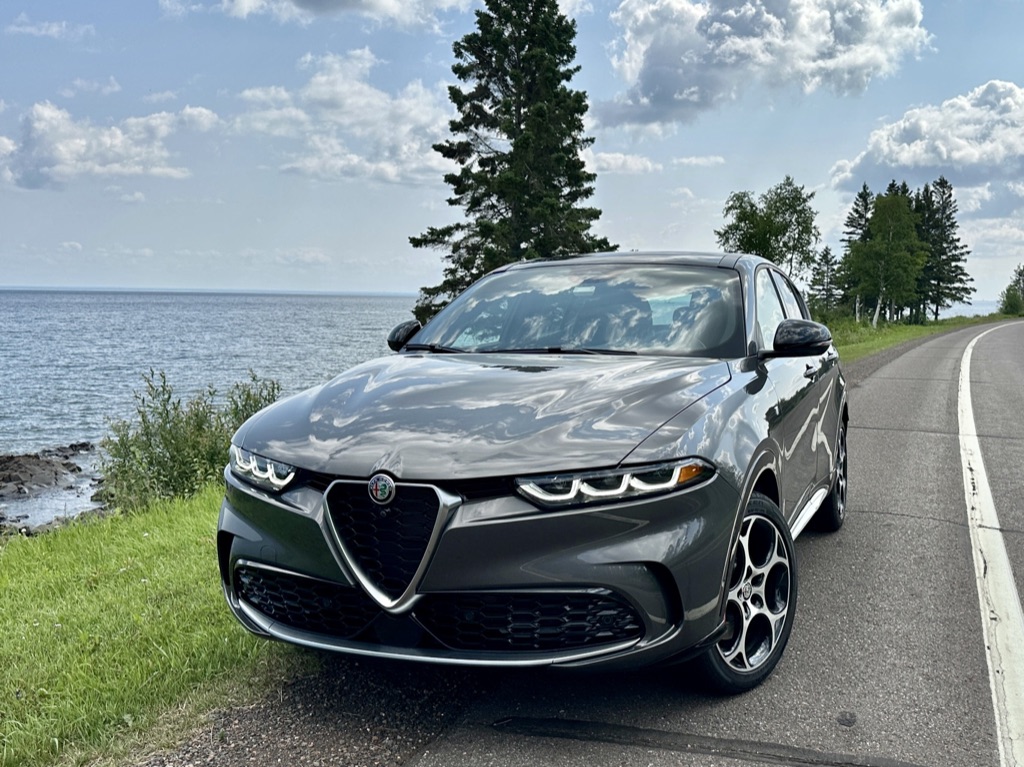
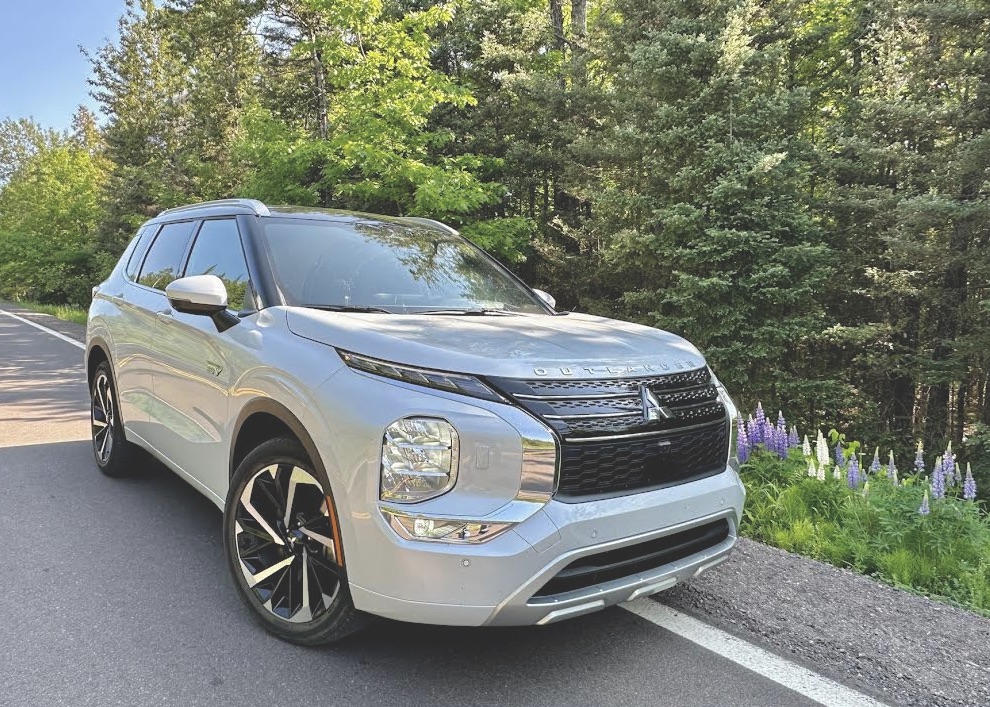
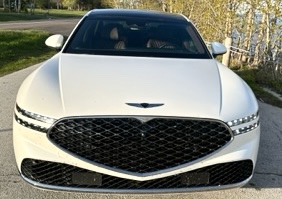
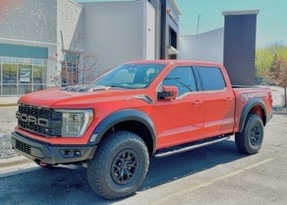



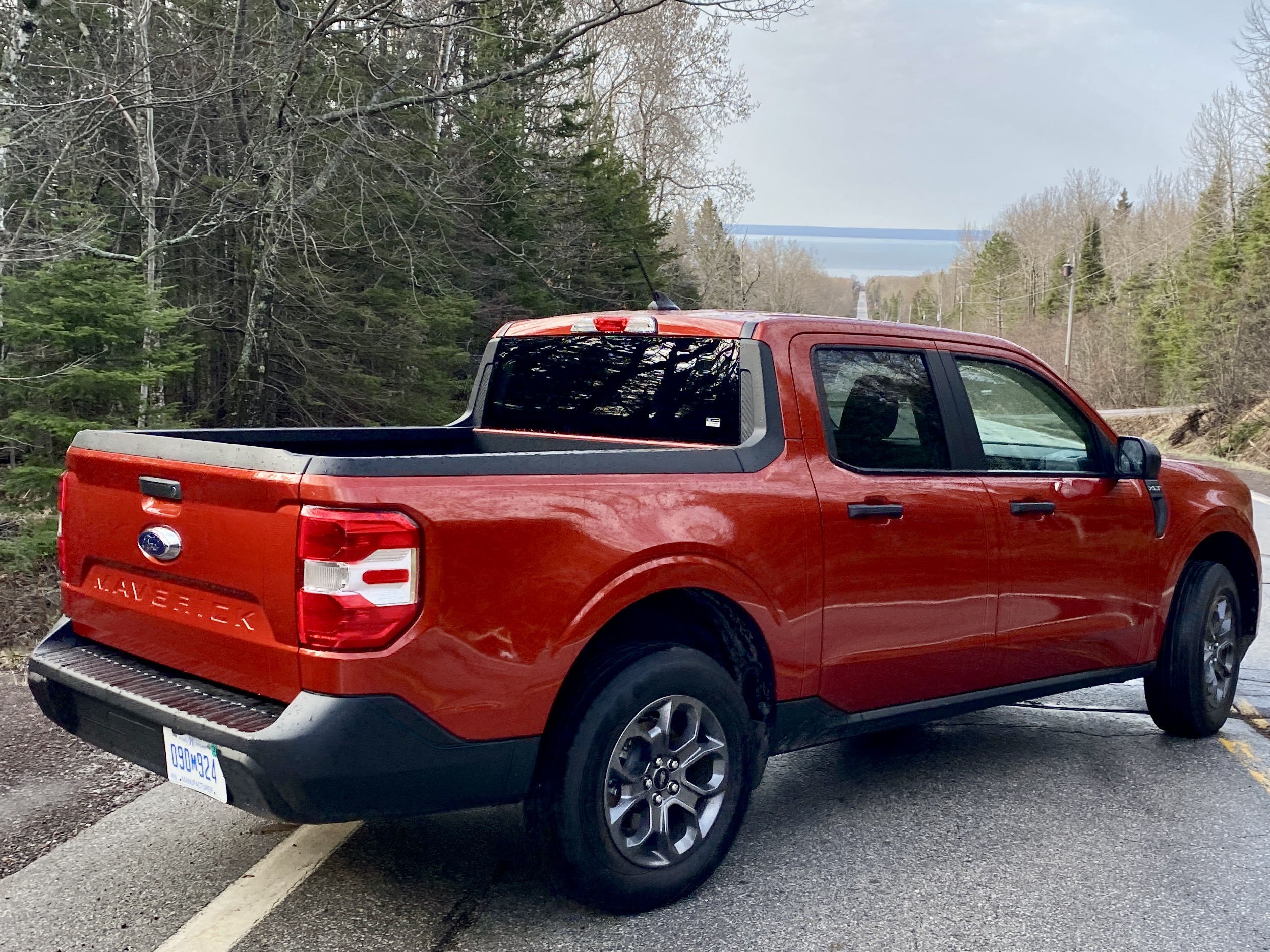
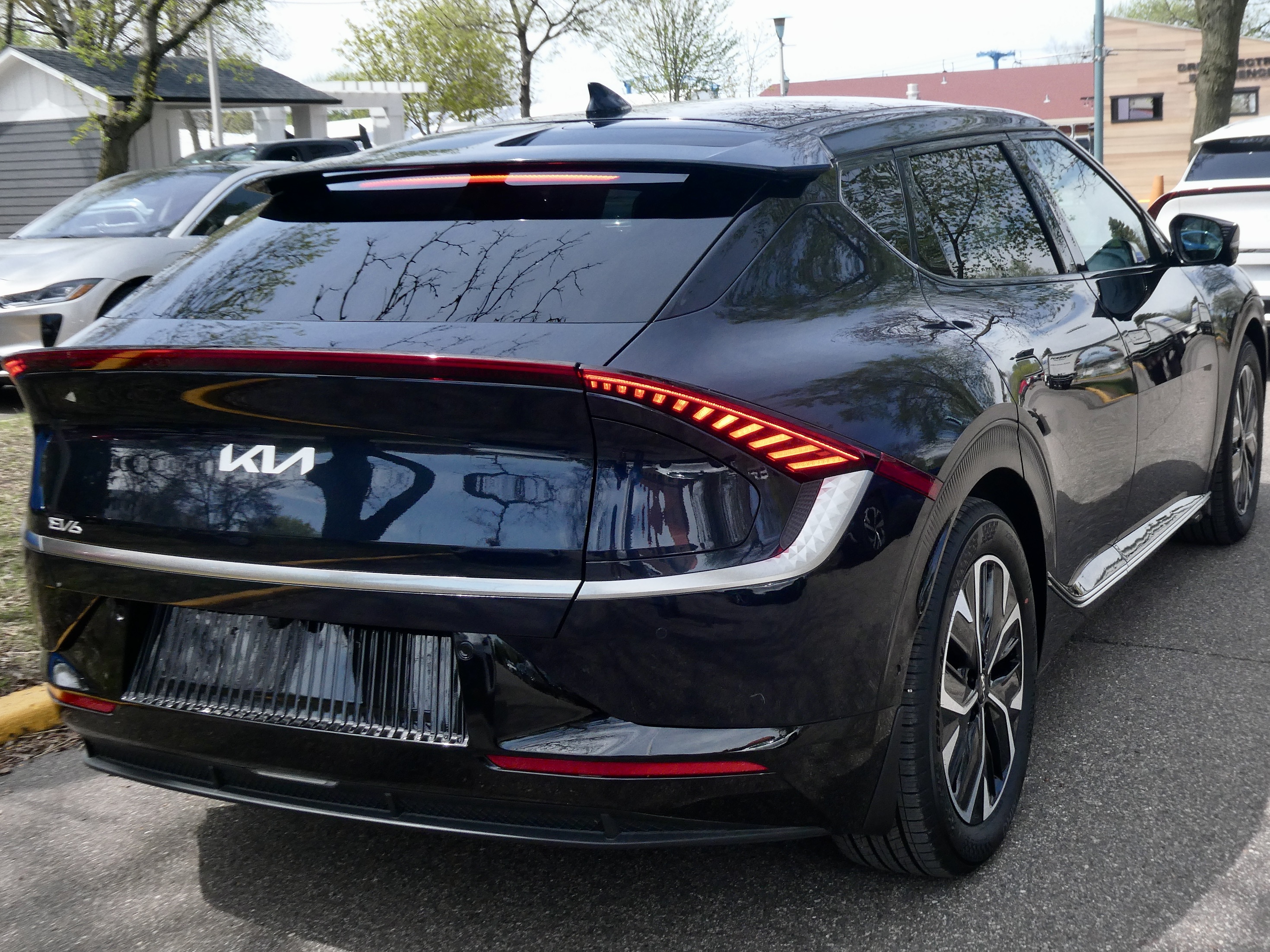
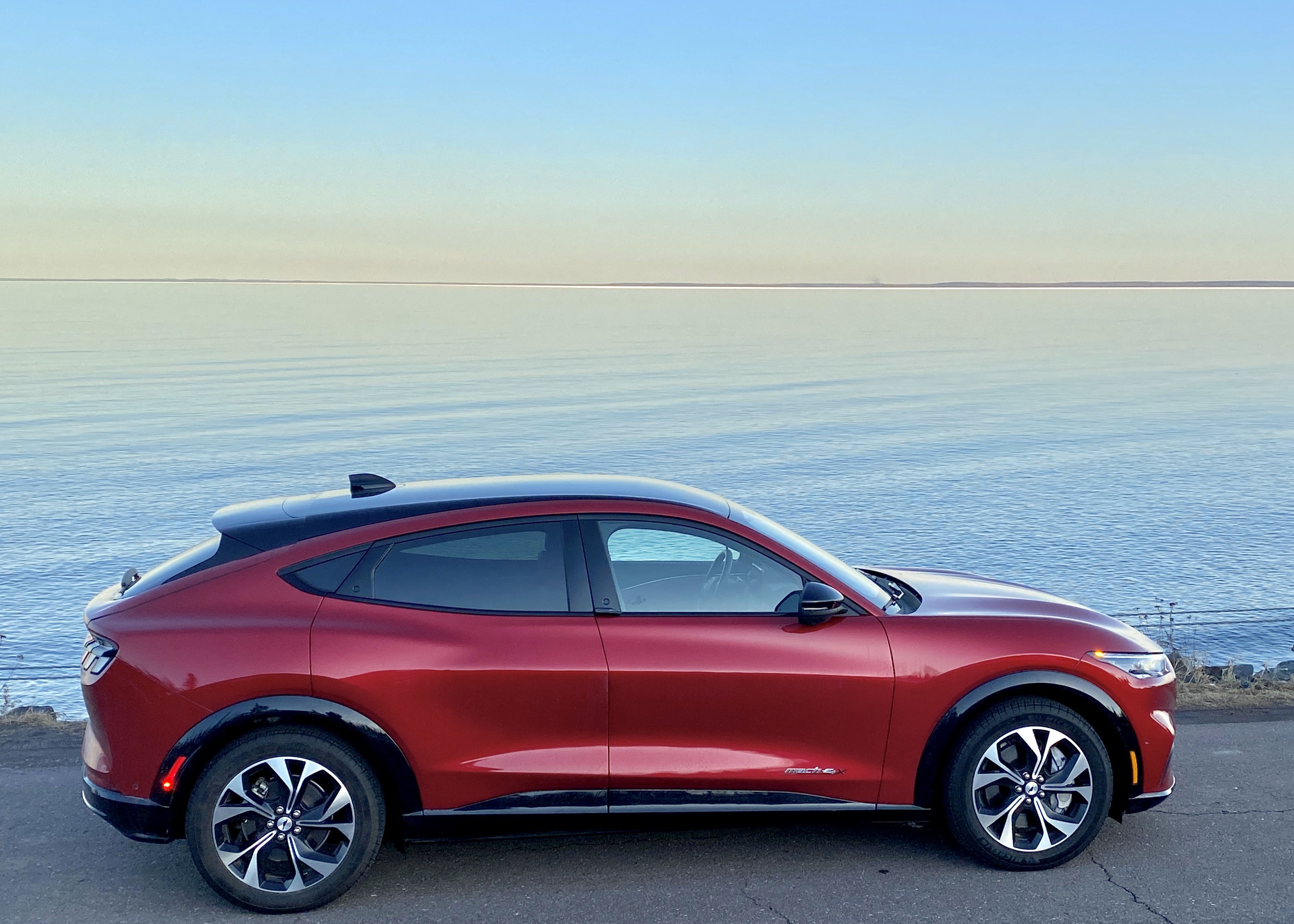
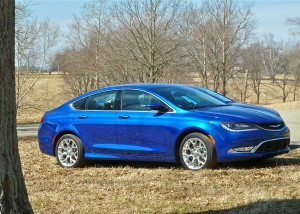
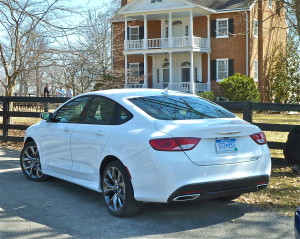
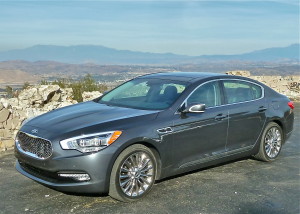
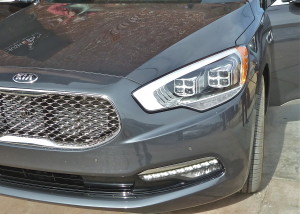
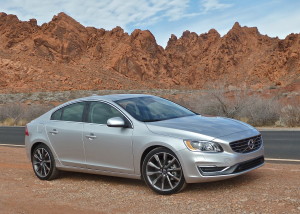
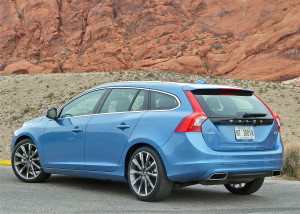
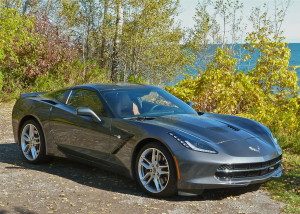
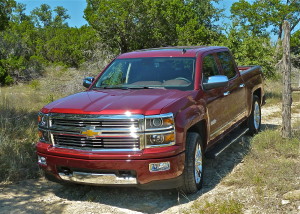
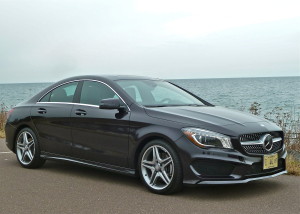
 John Gilbert is a lifetime Minnesotan and career journalist, specializing in cars and sports during and since spending 30 years at the Minneapolis Tribune, now the Star Tribune. More recently, he has continued translating the high-tech world of autos and sharing his passionate insights as a freelance writer/photographer/broadcaster. A member of the prestigious North American Car and Truck of the Year jury since 1993. John can be heard Monday-Friday from 9-11am on 610 KDAL(www.kdal610.com) on the "John Gilbert Show," and writes a column in the Duluth Reader.
John Gilbert is a lifetime Minnesotan and career journalist, specializing in cars and sports during and since spending 30 years at the Minneapolis Tribune, now the Star Tribune. More recently, he has continued translating the high-tech world of autos and sharing his passionate insights as a freelance writer/photographer/broadcaster. A member of the prestigious North American Car and Truck of the Year jury since 1993. John can be heard Monday-Friday from 9-11am on 610 KDAL(www.kdal610.com) on the "John Gilbert Show," and writes a column in the Duluth Reader.